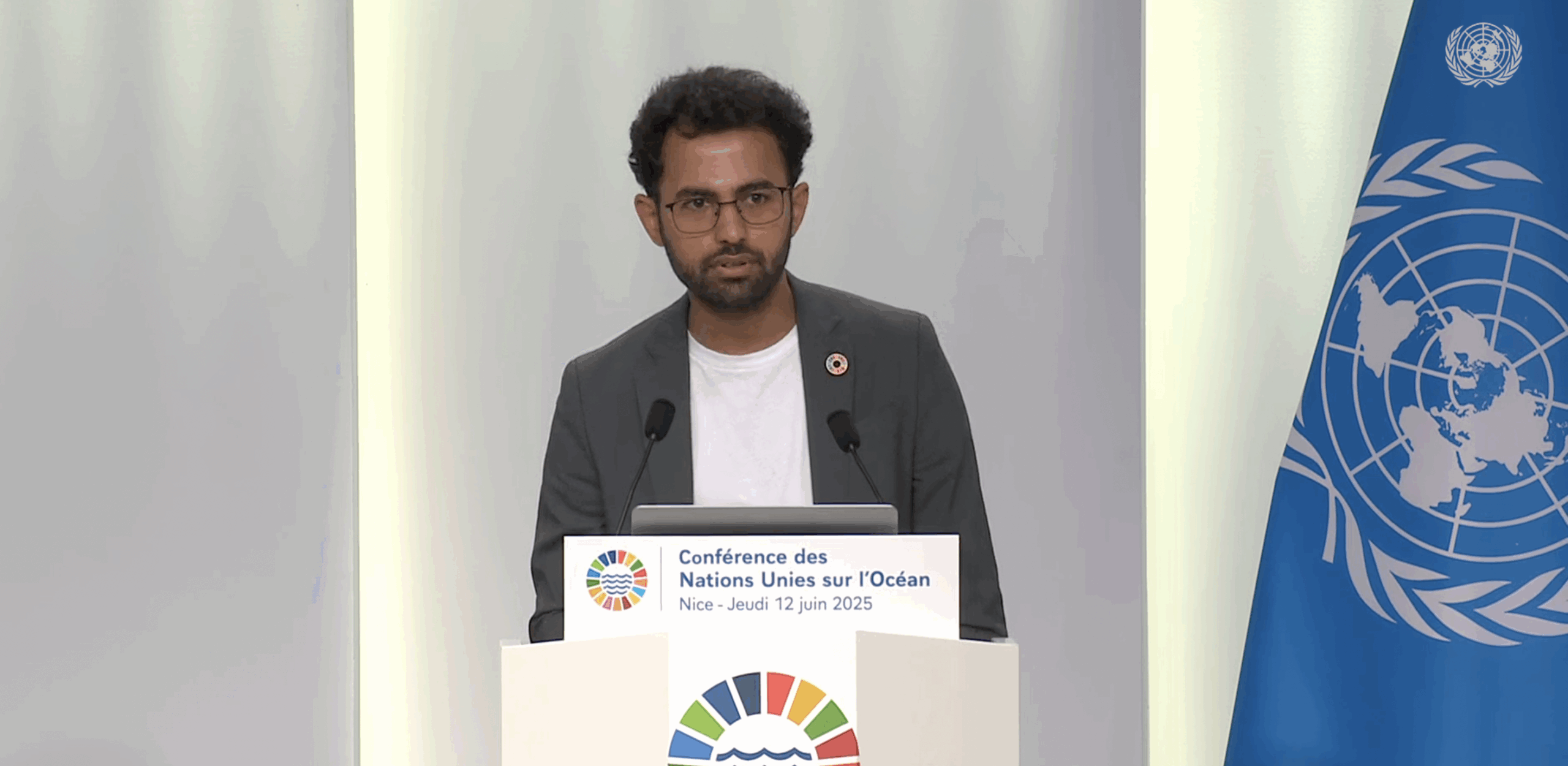MIDDLESBORO, KY. — Volunteers have planted hundreds of trees on reclaimed mine land in Eastern Kentucky.
The project is part of an initiative by the United Nations Billion Tree Campaign that set a goal in 2009 of planting one tree for every person on Earth. The Appalachian Regional Reforestation Initiative pledged to plant 38 million trees on mined land.
Most of the trees planted on reclaimed mine lands this month near Pikeville were black walnut and other native hardwoods, although two American Chestnut trees were also planted, the Middlesboro Daily News reported.The trees will restore nonproductive grasslands in the Fishtrap Watershed area.
Volunteers from environmental groups, colleges and faith-based groups joined representatives from the American Chestnut Foundation, Green Forests Work, Appalachian Regional Reforestation Initiative, the Office of Surface Mining, Berea College and the Southeastern District of the Kentucky Division of Forestry to participate in the event.
The plantings also are part of an effort by multiple agencies to reforest damaged mine lands.
Many reclaimed mines since the 1970s have been planted with non-native grasses, which created an ecosystem without the original forest.
The Appalachian Regional Reforestation Initiative has worked with partners to develop a method of planting native hardwoods that will be the beginnings of a healthy forest.
“One of the trees that ARRI favors is the American chestnut,” said Patrick Angel, a senior forester at the Office of Surface Mining of the U.S. Department of the Interior. “They adapt well to the reclaimed mine land growing environment, and they were once an important part of the local forests.
“They also provide erosion and sediment control, essential wildlife habitat, vital biodiversity, and an economic return that can once again be important to Appalachian communities.”
Green Forests Work creator Chris Barton said the reforestation also is an economic development plan for Appalachia.
The group believes the plantings can restore the landscape’s capacity to produce forest products that are used in manufacturing and energy production.
Source:courier-journal.com






